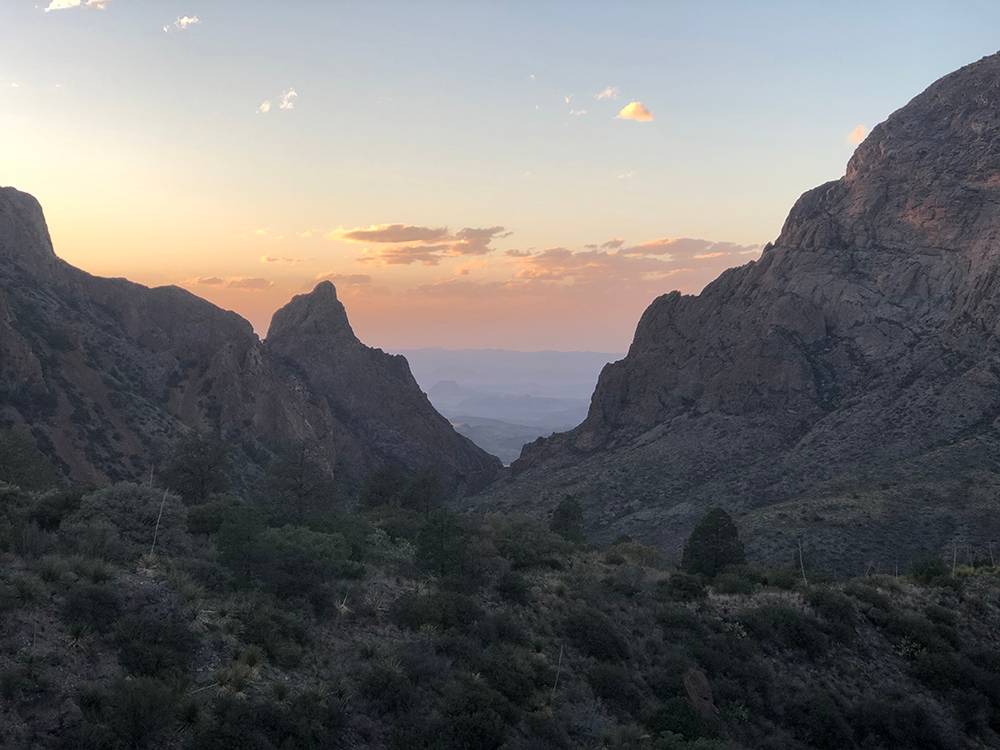
Editor’s Note
First Love
William Jensen
We always remember our firsts. Our first kiss. Our first concert. Our first apartment. Landmarks and occasions of our lives stay with us like brightly colored tattoos. The ink may fade, but the image is there forever. But what about our first books? I do not mean the first book we might have read—for the record, mine happened to be The Berenstain Bears and the Spooky Old Tree—but the first book we loved, loved with a wild zest for every page. The book that shaped us into devoted readers. The single book that spoke to us in a way we hadn’t thought possible. The first book that made us feel not so alone. Maybe it was a children’s book, perhaps Dr. Seuss filled you with imagination and empathy. Who did not weep a little at the end of Charlotte’s Web? Or maybe you were slightly older and discovered Jack Kerouac or Kurt Vonnegut or J.D. Salinger. The answer is subjective. Think about it.
I’ve fallen in love with many books. Some I was lucky to read at the right age, the right time. Others I might have been too young for, and others I waited too long. Though I was excited about Ginsberg and Burroughs when I was young, their angst and rebellion thrilled me, I think it was Faulkner’s As I Lay Dying that forged my love for literature. Faulkner’s sentences, sprawling and complicated, yet lyrical and thick and sweet, challenged me. He cast me into a world, a cacophony of voices among both living and dead. I never knew that a novel could break so many conventions I thought were required. It was confusing. It was exhilarating.
I’ve read As I Lay Dying multiple times since then. I still have the same copy, which is surprising considering how many moves and states and homes I’ve carried it through. Maybe it’s one of those things I can’t lose even if I try. But besides the beauty and power of that book, it navigated me into a different lane, a path of books I hadn’t thought I could read: Homer and Cervantes and Rabelais. Faulkner introduced me to southern literature, too. I devoured Flannery O’Connor and Eudora Welty before discovering the grit lit of Harry Crews and Larry Brown. I didn’t find many books set in Arizona, and the Mississippi and Georgia gothics were as close to the world I lived in as I could sink my fangs into. My first love for Faulkner forged my brain to think of place as a character. These days—Texas is my place. Texas is my favorite character. Texas might not always be nice, Texas is not always cool, but Texas is with me as much as a sibling or a grandparent. Texas is complex. Texas is a looming shadow. Texas is layered and strong and wonderful and ugly and cruel. Texas is beautiful and caring one minute but shallow and drab the next. Texas is big. And that is the state’s main consistency.
This fall has seen a lot of great Texas books come out. Some of these might be the first true love for someone out there. John Hugon Perryman gives his detailed analysis of On Juneteenth, an examination of the Lone Star State and the Emancipation Proclamation and the importance of this American day. D.R. Garrett delves into the poetry of R.W. Haynes’s Heideger Looks at the Moon, while Destiny Darling examines the short stories collected in Wait at Woods’ Edge. I give my thoughts on The Devil Takes You Home by Gabino Iglesias, and Cloud D. Cardona inspects the poetics of Al Norte. Amy Bushong returns with her review of Identified With Texas: The Lives of Governor Elisha Marshall Pease and Lucadia Niles Pease, and Cedric Synnestvedt isn’t afraid to go back into the waters to review Thomas McNeely’s story collection, Pictures of the Shark. For residents of San Antonio, I recommend Jason Jonathan Rivas’s review of West Side Rising, which examines the infamous flood of the Alamo City.
Maybe one of these books will be someone’s first love.
Maybe one of these books will rekindle someone else’s love for reading, for Texas, for reading about Texas, or maybe just keep them company when the days are dark and cold and gloomy. This fall has seen not just amazing books, but numerous events here at the Center for the Study of the Southwest. We’ve been lucky to pull through COVID and the lockdowns, and we’re moving more and more into face-to-face readings and events. This fall we hosted many writers and speakers and are already hard at work for the spring. And I am already working on the spring issue of TBR, too. Maybe the book you’re currently reading is so good that it fills you with all the joy and warm butterflies like that first book you loved. If not, then maybe you’ll find something similar or even better here inside the pages of Texas Books in Review.
